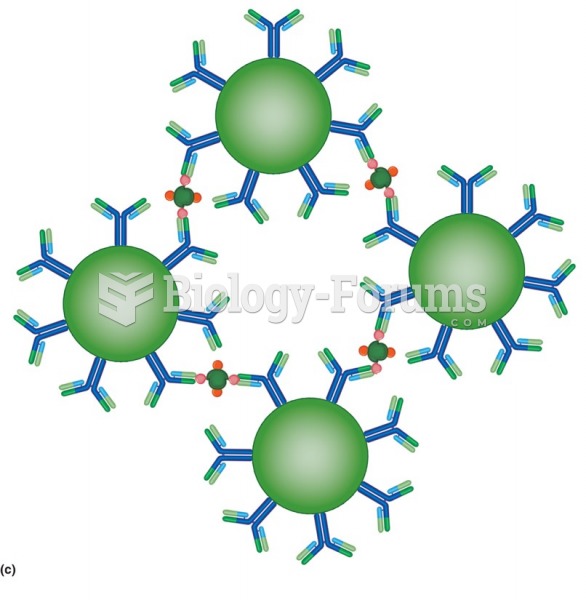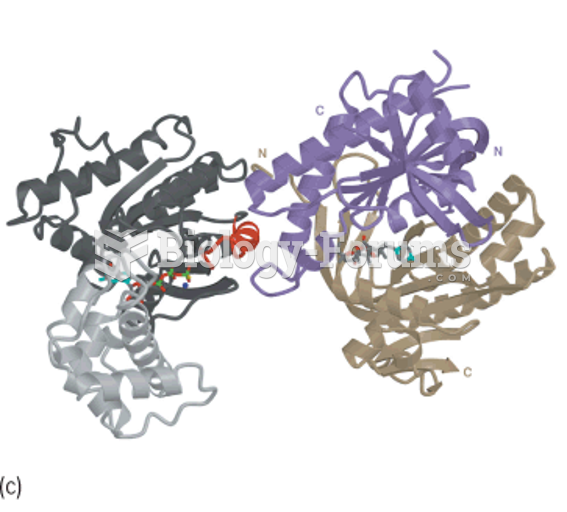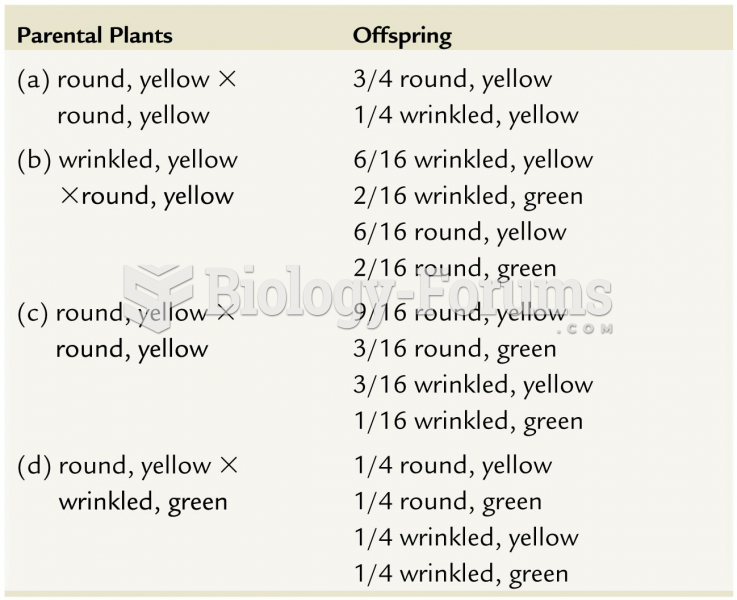On the structures provided, draw arrows showing the electron flow in the reaction mechanism for the electrophilic addition of hydrogen bromide to hex-1-yne.
 Question 2
Question 2Instructions: Predict the products of each reaction below. Indicate regiochemistry and stereochemistry when relevant.
Predict and indicate.
 Question 3
Question 3Instructions: Predict the products of each reaction below. Indicate regiochemistry and stereochemistry when relevant.
Predict and indicate.
 Question 4
Question 4Instructions: Predict the products of each reaction below. Indicate regiochemistry and stereochemistry when relevant.
Predict and indicate.
 Question 5
Question 5Instructions: Predict the products of each reaction below. Indicate regiochemistry and stereochemistry when relevant.
Predict and indicate.
 Question 6
Question 6Instructions: Predict the products of each reaction below. Indicate regiochemistry and stereochemistry when relevant.
Predict and indicate.
 Question 7
Question 7Instructions: Predict the products of each reaction below. Indicate regiochemistry and stereochemistry when relevant.
Predict and indicate.
 Question 8
Question 8Instructions: Predict the products of each reaction below. Indicate regiochemistry and stereochemistry when relevant.
Predict and indicate.
 Question 9
Question 9Instructions: Predict the products of each reaction below. Indicate regiochemistry and stereochemistry when relevant.
Predict and indicate:
 Question 10
Question 10Instructions: To answer the question(s) below, consider the following reaction:
When cyclohexene reacts with chlorine in tetrachloromethane, the following dihalide is formed.

Refer to instructions. Provide the IUPAC name for the product of this reaction.
Question 11Instructions: To answer the question(s) below, consider the following reaction:
When cyclohexene reacts with chlorine in tetrachloromethane, the following dihalide is formed.

Refer to instructions. Since the two chlorine atoms add to opposite faces of the cyclohexene double bond, we say that the reaction occurs with:
a. syn stereochemistry
b. cis stereochemistry
c. anti stereochemistry
d. retention of stereochemistry
Question 12Predict the major product of the following reaction.
 Question 13
Question 13Instructions: The reaction of 2-methylpropene with HBr in ether gives one of the two products below. Answer the following question(s) about this reaction.

Refer to instructions. Which product is the Markovnikov product?
Question 14Instructions: The reaction of 2-methylpropene with HBr in ether gives one of the two products below. Answer the following question(s) about this reaction.

Refer to instructions. The reaction mixture would contain a majority of which isomeric product?
Question 15The product(s) of the reaction when carried out in an organic solvent

would be:
a.
cis-1,2-dibromocyclohexane only
b.
trans-1,2-dibromocyclohexane only
c.
50/50 mixture of
cis-1,2-dibromocyclohexane and
trans-1,2-dibromocyclohexane only
d.
mixture with > 50 being
trans-1,2-dibromocyclohexane only
Question 16Instructions: Predict the structure of the alkene you would use to prepare the folloiwng compounds. There may be more than one answer in some cases.
Predict.
 Question 17
Question 17Instructions: Predict the structure of the alkene you would use to prepare the folloiwng compounds. There may be more than one answer in some cases.
Predict.
 Question 18
Question 18Instructions: Predict the structure of the alkene you would use to prepare the folloiwng compounds. There may be more than one answer in some cases.
Predict.
 Question 19
Question 19Instructions: Predict the structure of the alkene you would use to prepare the folloiwng compounds. There may be more than one answer in some cases.
Predict:
 Question 20
Question 20What alkene would you use to prepare the following alkyl halide?
 Question 21
Question 21The following reaction is carried out in cyclohexane with the application of heat. Write the complete equation for the reaction below. If more than one major organic product is expected, draw each one.
 Question 22
Question 22Predict the major organic product(s) in the reaction below. If more than one major organic product is expected, draw each one. Explain the significance of 35C and ether shown in the reaction.
 Question 23
Question 23Predict the major organic product(s) in the reaction below. If more than one major organic product is expected, draw each one.
 Question 24
Question 24Alkene chemistry is dominated by what type of reaction?
a.
substitution
b.
electrophilic addition
c.
nucleophilic addition
d.
elimination
e.
both b and c







